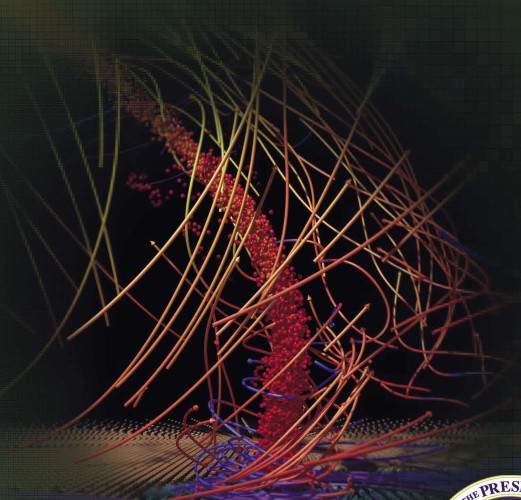Computational Electromagnetics
The chair of Computational Electromagnetics (CEM) is part of the Institute for Accelerator Science and Electromagnetic Fields as well as the Centre for Computational Engineering. Teaching and research focus on the third pillar of understanding: computer simulation. Besides theory and observation, it can give answers to questions from engineering and natural sciences.

Computational science
Together with theory and experimentation, computational science now constitutes the “third pillar” of scientific inquiry, enabling researchers to build and test models of complex phenomena that cannot be replicated in the laboratory, and to manage huge volumes of data rapidly and economically.
Mission statement
Electrotechnical systems are becoming more and more complex. Innovative devices are designed closely to what is technically and physically possible. Consequently, the theory required to analyze the corresponding systems is becoming increasingly involved as well. Experimental investigations are often too complex, too risky, or too costly and the presence of test probes might corrupt the experiment data. Computational Electromagnetics is in those cases the most appropriate way to gain knowledge.
Computer-based modeling, analysis, simulation, and optimization are a cost-effective and efficient alternative to investigate real-world applications and to engineer new technical solutions. The digital models (`virtual prototypes') support research, development, design, construction, evaluation, production, and give further insight into the operation of devices like semiconductors, filters, antennas or electrical machines. It allows us to find optimal strategies which address key issues in future technical developments both for the economy and for society in areas such as energy, health, safety, and mobility.













